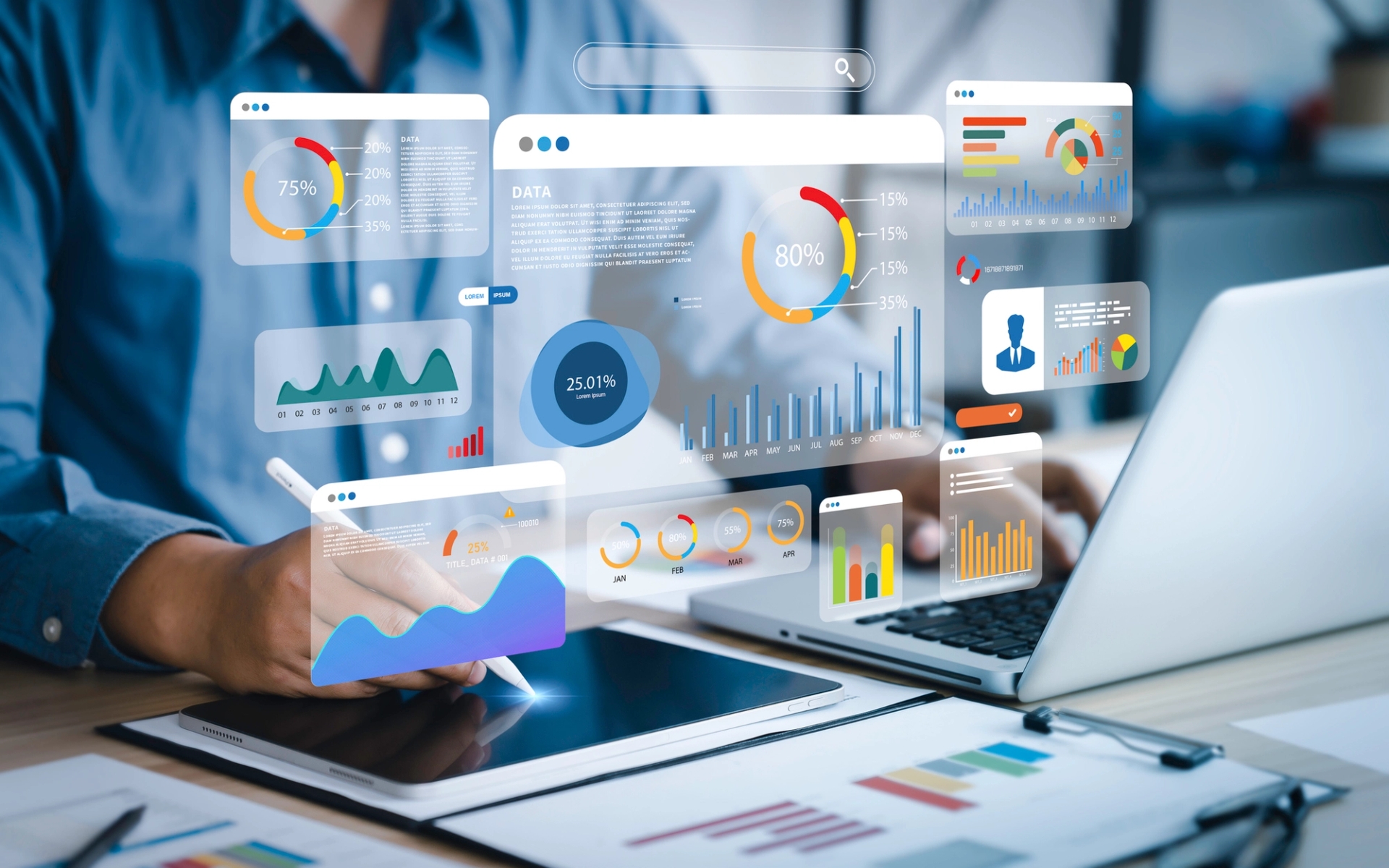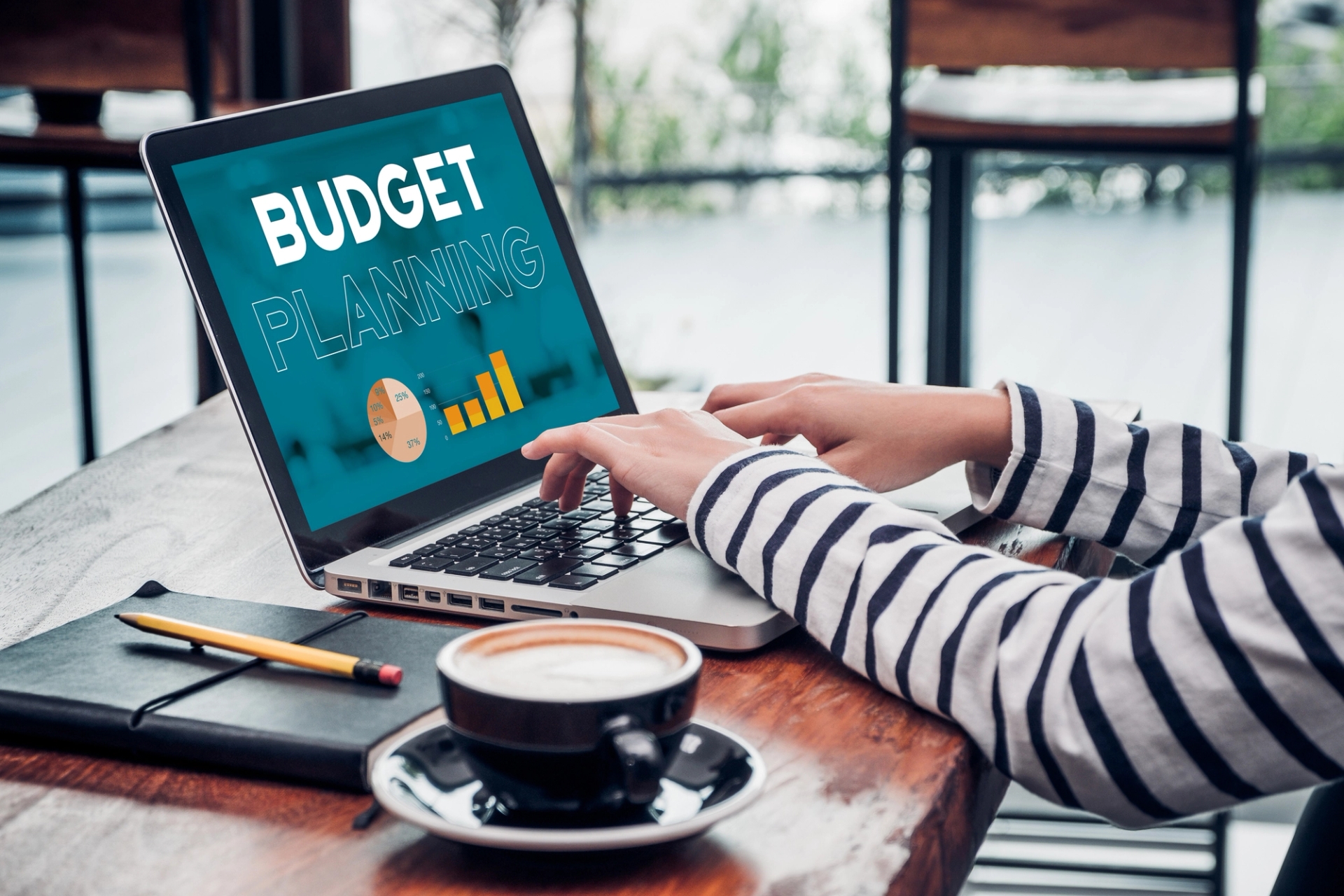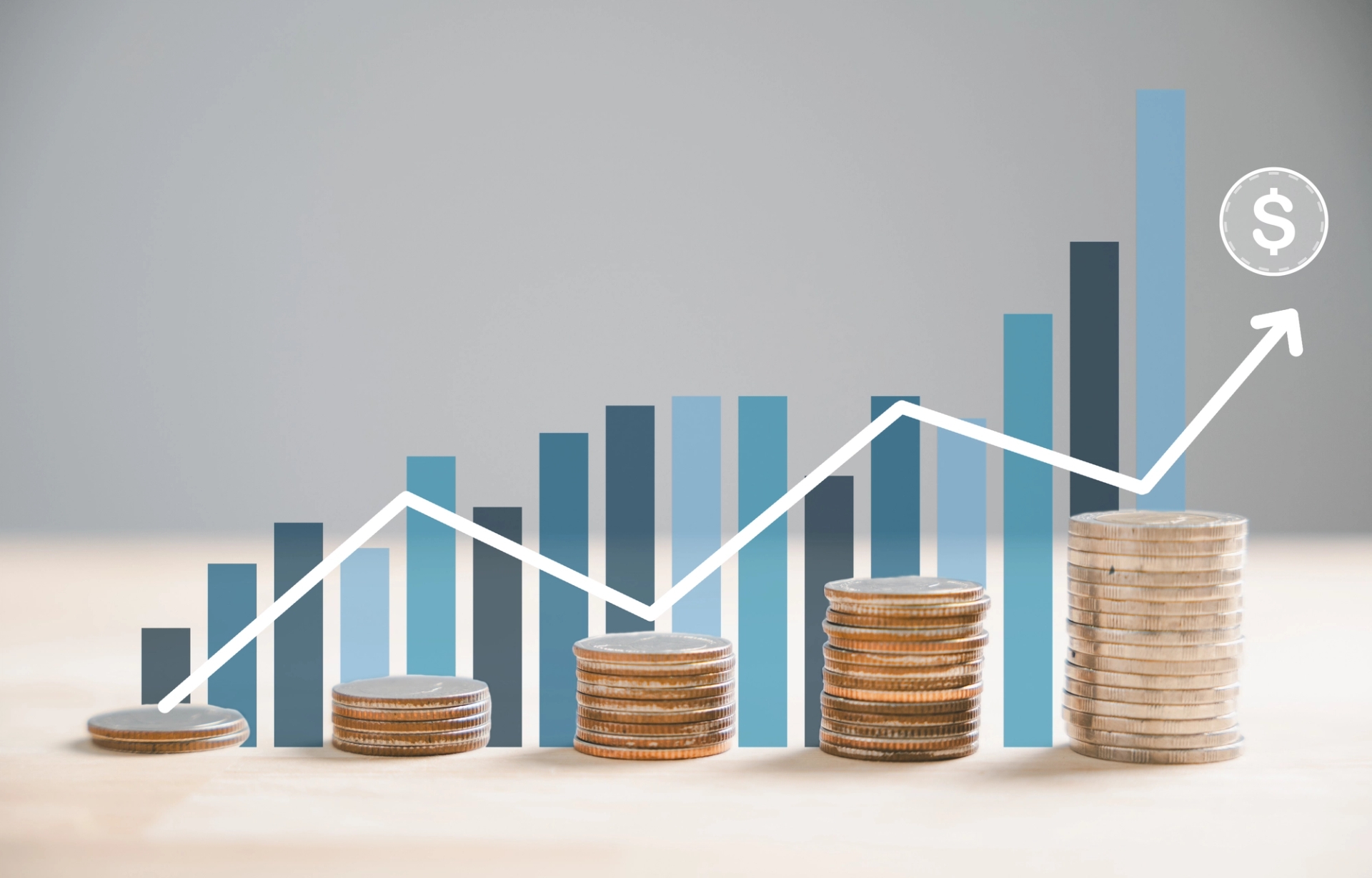How to Measure Success After a Charity Event: Non-profit Fundraising Metrics That Matter
Discover essential tips for planning successful charity events. Learn best practices to maximize impact and engage your audience. Read the article now!

How to Measure Success After a Charity Event: Nonprofit Fundraising Metrics That Matter
A successful fundraising event isn’t just about the applause at the end or the number of people in the room. For nonprofit organizations, success is measured in impact, relationships, and the ability to raise money sustainably over time. But without the right data, it’s easy to misjudge whether your charity event truly hit the mark.
In this guide, we’ll walk through nonprofit fundraising metrics, event metrics, and tools that help you track and improve your performance for future events—so every next fundraising event is more impactful than the last.
1. Define Fundraising Goals Before Your Event (Charity Event Planning Best Practices)
The first step in charity event planning best practices is deciding what “success” looks like for your fundraising campaign. Ask yourself:
- Do we want to hit a specific fundraising goal?
- Are we aiming to secure major donors or corporate sponsors?
- Do we want to improve donor retention rate or average gift size?
This clarity guides your event planning process and ensures your event management team tracks the right indicators after the event.
Pro tip: Use an event management platform like Azavista, to set measurable objectives before the event begins.
2. Track Financial Performance to See If You Met Your Fundraising Goals
Financial metrics are the backbone of measuring a successful fundraising event. They don’t just tell you how much money you raised—they reveal how you raised it, where your strengths lie, and where the fundraising event planning process can improve for the next fundraising event.
a) Donation Revenue – The Core Measure of Fundraising Event Success
Definition:
The total amount raised from all sources—major gifts, in-kind donations, ticket sales, sponsorships, and smaller contributions.
Why It Matters:
- Directly tied to your fundraising goals and event budget.
- Helps you calculate Return on Investment (ROI):
Things to Keep in Mind:
- Always assign a fair market value to in-kind donations so they’re counted accurately.
- Compare against past events to evaluate growth.
- Use separate tracking for restricted vs. unrestricted donations—this impacts how you can spend the funds.
Tools to Use:
- DonorPerfect, Bloomerang, Salesforce Nonprofit Cloud for automated donor revenue tracking and historical comparisons.

b) Average Gift Size – Identify Opportunities to Increase Donor Generosity
Definition:
The average amount each donor contributes during the event.
Why It Matters:
- Reveals the giving capacity of your average donor.
- A rise in average gift size growth could mean better donor engagement or a more targeted marketing strategy.
Things to Keep in Mind:
- Segment data by donor type (e.g., major donors vs. first-time givers) for clearer insights.
- Combine with average donation frequency to assess long-term donor value.
c) Recurring Gift Percentage – Build Long-Term Funding Beyond a Single Event
Definition:
The percentage of donors who give more than once in a set period (monthly, annually, or across multiple events).
Why It Matters:
- A high percentage means predictable funding for future events.
- Improves your donor lifetime value and reduces donor acquisition costs.
Things to Keep in Mind:
- Include both online and offline recurring donors.
- Track drop-off rates—are recurring donors canceling after a few months?
d) Online Gift Percentage – Evaluate the Impact of Digital Fundraising
Definition:
The proportion of donations made through digital channels vs. offline (cash, checks, etc.).
Why It Matters:
- Shows the effectiveness of your digital fundraising strategies.
- If online gift percentage is low, your event page, social media campaigns, or event registration page may need optimization.
Things to Keep in Mind:
- Track separately for peer-to-peer fundraising campaigns and direct online donations.
- Consider that older major donors may still prefer offline giving.
Pro Tip:
Use tracking nonprofit fundraising KPIs in a central event management platform so you can connect donation data with event metrics like number of donors, fundraising participation rate, and pledge fulfillment percentage in one dashboard.
3. Measure Donor Engagement and Retention for Sustainable Growth
Strong donor relationships are the backbone of any successful fundraising event. These metrics help you measure how well your fundraising efforts are turning event attendees into long-term supporters—ensuring your fundraising event’s purpose isn’t just fulfilled on event day but continues to deliver results for your next event and beyond.
a) Donor Retention Rate – Keep Supporters Engaged for Your Next Fundraising Event
Why It Matters:
A higher retention rate means your nonprofit event is successfully nurturing relationships, reducing the pressure to constantly find new donors.
Things to Keep in Mind:
- Aim for 70%+ retention for major donors, as they significantly impact your fundraising total.
- Retaining a donor is typically cheaper than acquiring a new one (linking to donor acquisition costs below).
- Retention strategies include personalized thank-you notes, post-event updates, and inviting donors to behind-the-scenes tours or planning meetings.
Tool Suggestions:
- Little Green Light – Donor segmentation for targeted retention strategies.
- Neon One – Retention dashboards with year-over-year trends.
- Kindful – Tracks long-term giving habits and engagement patterns.
b) Donor Lifetime Value (DLV) – Understand the Long-Term Impact of Each Donor
Why It Matters:
Knowing DLV helps set fundraising event goals and plan sustainable campaigns for future events. If your DLV is increasing, it’s a sign your relationship-building is paying off.
Things to Keep in Mind:
- Track donor lifespan and work to increase it with consistent engagement.
- Increase average donation frequency by creating monthly giving programs.
- High-value donors require dedicated stewardship from your event team.
c) Donor Lifetime Value (DLV) – Understand the Long-Term Impact of Each Donor
Why It Matters:
Spotting opportunities to increase frequency can have a big impact on annual revenue—especially for donors with high average giving capacity.
Things to Keep in Mind:
- Use peer-to-peer fundraisers to boost giving frequency in between major charity events.
- Send reminders tied to donor anniversaries or upcoming fundraising campaigns.

4. Evaluate Donor Acquisition and Cost Efficiency for Smarter Event Planning
Your fundraising event define is not just about how much you raise—it’s also about how effectively you attract new supporters without overspending. These metrics ensure your event planning process is financially sustainable and aligned with nonprofit fundraising metrics.
a) Number of Donors – Gauge the Reach of Your Fundraising Event
Track both new donors and those returning from past events.
Why It Matters:
A growing donor base means your event sponsorship and promotional materials are reaching your target audience and raising awareness effectively.
Things to Keep in Mind:
- Pair acquisition with retention efforts—donor churn can erase gains.
- Record acquisition sources (e.g., corporate sponsors, social media, direct outreach) to know where to invest for your next fundraising event.
b) Donor Acquisition Costs – Ensure Your Nonprofit Fundraising Metrics Show ROI
Formula:
Why It Matters:
If your acquisition cost is higher than your nonprofit’s average gift size, you may need a more cost-efficient event management strategy.
Things to Keep in Mind:
- Compare acquisition costs across complex events to find your most effective format.
- Use in-kind donations to offset expenses and lower acquisition costs.
Tool Suggestions for Both Acquisition & Cost Tracking:
- Google Sheets / Excel – For quick manual calculations.
- Qgiv – Tracks fundraising participation rate, acquisition sources, and donor growth rate.
- Funraise – Integrates event metrics with digital campaigns to optimize acquisition.
5. Assess Event Participation and Community Impact (Fundraising Event Define in Practice)
a) Fundraising Participation Rate – Measure Engagement Beyond Attendance
Things to Keep in Mind:
- Include both in-person and virtual attendees in your total count.
- Consider tracking first-time donors separately from active donors—they represent fresh growth opportunities.
- Segment the data by donor type (individuals, corporate groups, VIP guests) for deeper insights.
Example:
If 350 out of 500 attendees donated:
(350500)×100=70%\left( \frac{350}{500} \right) \times 100 = 70\%(500350)×100=70%
This means 7 out of every 10 attendees made a contribution—an excellent result.
b) Pledge Fulfillment Percentage – Track Commitments vs. Actual Donations
Why It Matters:
Pledge-based fundraising often promises high totals, but the true test is how much actually comes in. This metric ensures you’re assessing realized funds, not just commitments.
Things to Keep in Mind:
- Follow up promptly with pledge reminders; delays reduce fulfillment rates.
- Use personalized communications (calls, thank-you emails) for large pledges.
- Track fulfillment timelines—if pledges aren’t received within 60 days, adjust future expectations.
c) Volunteer & Board Member Involvement – Strengthen Internal Support for Future Events
Why It Matters:
High volunteer turnout and active board participation show internal enthusiasm. This usually translates into stronger fundraising results and a more engaged supporter base.
Things to Keep in Mind:
- Track not just headcount, but hours contributed—this can be assigned a dollar value for reporting impact.
- Compare board member turnout year-over-year to identify trends.
- Use volunteer engagement data to strengthen recruitment for your next upcoming event.
Formula to Value Volunteer Hours:
Volunteer Value=Total Hours Contributed×Standard Hourly Rate\text{Volunteer Value} = \text{Total Hours Contributed} \times \text{Standard Hourly Rate}Volunteer Value=Total Hours Contributed×Standard Hourly Rate
(Use your local average hourly wage or the U.S. national volunteer value rate, e.g., $31.80/hour in 2025.)
6. Measure Sponsorship and Partnership Outcomes for Better Future Negotiations
Your charity event’s success also depends heavily on its ability to attract and retain sponsors—both for financial support and community visibility.
a) Event Sponsorship Value – Total Contributions from Cash and In-Kind Support
Why It Matters:
This gives you a complete picture of sponsor contributions—not just the money in your bank, but also goods, services, or media coverage that saved your nonprofit expenses.
Things to Keep in Mind:
- Assign fair market value to in-kind donations (e.g., catering, venue, advertising).
- Compare sponsorship totals to your event’s budget to see what percentage was covered.
- Track sponsor industry and type to identify sectors most engaged with your cause.
b) Major Gifts Secured – Identify High-Impact Donors for Your Next Fundraising Event
Why It Matters:
Major gifts—large donations from individuals, corporations, or foundations—often make up the bulk of funds raised. Tracking them helps you tailor your stewardship and outreach strategies.
Things to Keep in Mind:
- Define “major gift” based on your nonprofit’s size (for some, it might be $1,000; for others, $50,000).
- Track not just the amount, but the donor acquisition source—how did they hear about you?
- Maintain detailed CRM notes for future cultivation.
Recommended Tools:
- SponsorPitch – Identify and manage potential corporate partners.
- CRM Tags – Use custom tags to track sponsor relationships, renewal likelihood, and engagement level.
7.Monitor Marketing and Outreach Performance to Boost Event Planning Results
Your event’s success isn’t just in the money raised—it’s also in the awareness and reach your cause gains.
a) Social Media Reach & Engagement – See How Far Your Message Spread
Why It Matters:
A large reach is great, but engagement shows active interest. If your event posts are shared, commented on, and clicked, it means your message is resonating.
Things to Keep in Mind:
- Track separately for paid vs. organic reach.
- Compare content types—videos, images, infographics—to see what drives the most action.
- Use hashtags and encourage tagging for wider visibility.
b) Email Conversion Rate – Track How Email Drives Donations and Registrations
Why It Matters:
Email is one of the most direct ways to reach supporters. This metric shows how effectively your campaigns drive donations, registrations, or volunteer sign-ups.
Things to Keep in Mind:
- Track separately for event invitations vs. post-event thank-you campaigns.
- Use A/B testing to optimize subject lines and CTAs.
- Segment lists to personalize appeals for active donors vs. prospects.
c) Peer-to-Peer Fundraising Impact – Leverage Supporters’ Networks for More Donations
Why It Matters:
When supporters raise money through their own networks, you tap into audiences you’d never reach otherwise.
Things to Keep in Mind:
- Track number of active fundraisers, total raised, and average per fundraiser.
- Recognize top fundraisers publicly to encourage future participation.
- Provide branded toolkits to make fundraising easy for participants.
Recommended Tools:
- HubSpot – Track campaign leads from marketing channels.
- Mailchimp – Measure email performance.
- Meta Business Suite – Monitor Facebook & Instagram engagement.
8. The Best Tools for Tracking and Analyzing Nonprofit Fundraising Metrics
Following are some Event Management Platforms which can help you in ranking better. Azavista – Comprehensive event management and reporting for nonprofits.
Analytics & Reporting Tools
- Google Analytics – Track website and donation page conversions.
- Tableau / Power BI – Turn raw data into visual, actionable insights.
CRM & Donor Databases
- Salesforce Nonprofit Cloud – Enterprise-level donor management.
- Neon One – Track average gift size and giving capacity.

9. Turn Your Fundraising Data Into Actionable Improvements for Your Next Fundraising Event
Once you’ve tracked all your charity event metrics, the real value comes from applying those insights to make your next event better.
Examples:
- If average donation amount is low → Launch targeted campaigns to increase giving capacity among mid-tier donors.
- If donor retention rate is falling → Strengthen personalized follow-ups and recognition programs.
- If corporate sponsors didn’t renew → Review your sponsorship packages and benefits to make them more attractive.
Key Mindset:
Your event’s success is not a one-off—it’s part of a continuous improvement cycle where each year’s data feeds into smarter, more impactful events.
Conclusion: Use Metrics to Strengthen Every Fundraising Event
Measuring the success of a charity event goes far beyond counting dollars—it’s about understanding donor behavior, optimizing resources, and building relationships that last.
By focusing on nonprofit fundraising metrics like donor retention rate, average gift size, and fundraising participation rate, and by leveraging the right event management platform, you can ensure each fundraising event not only meets its fundraising goals but also strengthens your organization’s long-term impact.
Use Azavista to simplify your event management!








